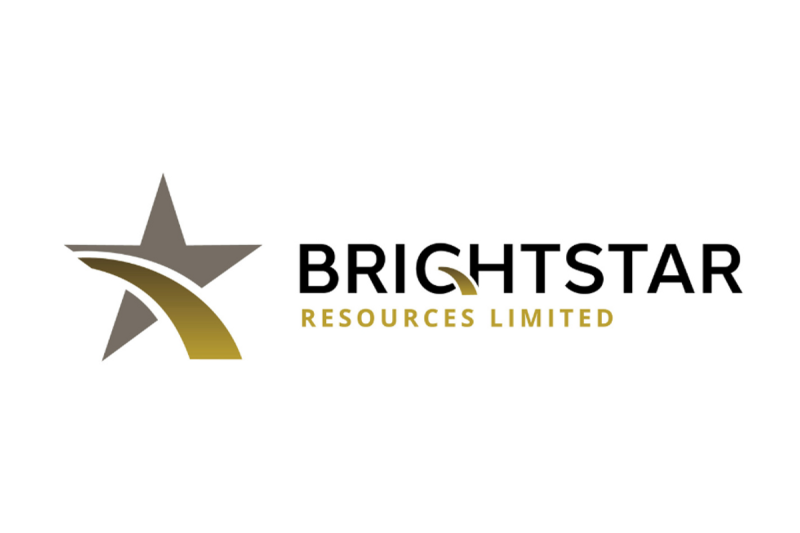
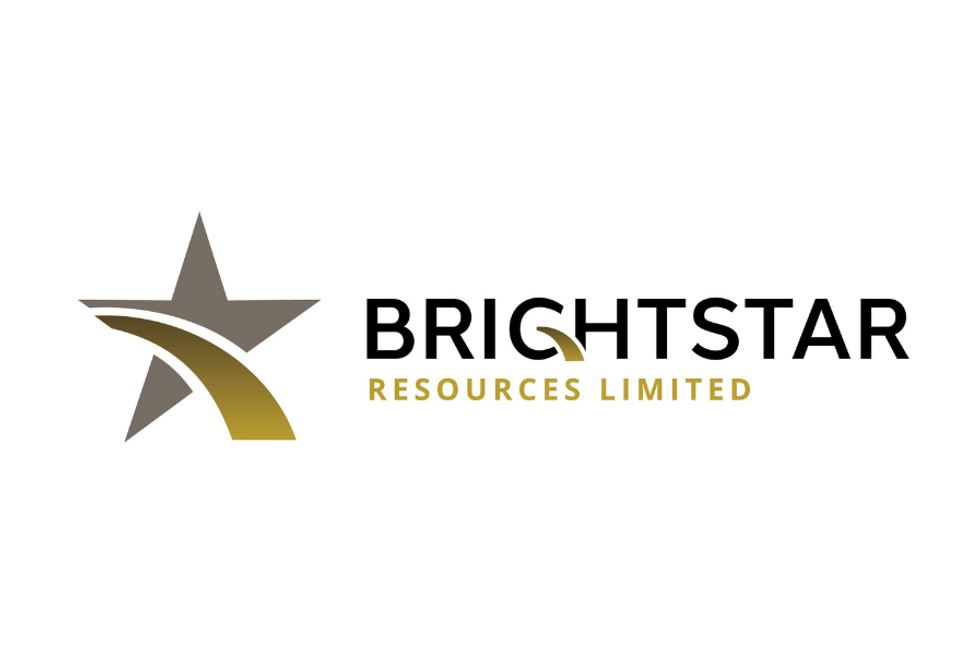 Brightstar Resources (BTR:AU) has announced September Quarter Gold Production Increases by 90%
Brightstar Resources (BTR:AU) has announced September Quarter Gold Production Increases by 90%
Download the PDF here.

 Brightstar Resources (BTR:AU) has announced September Quarter Gold Production Increases by 90%
Brightstar Resources (BTR:AU) has announced September Quarter Gold Production Increases by 90%
Download the PDF here.
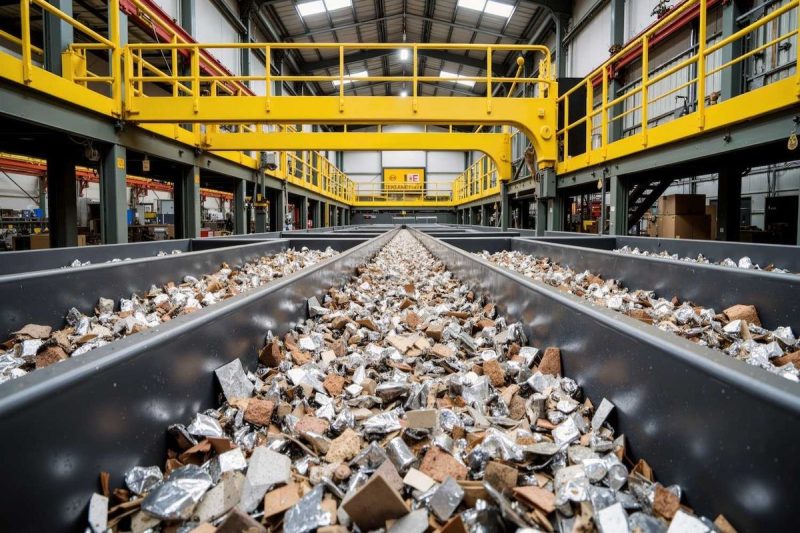
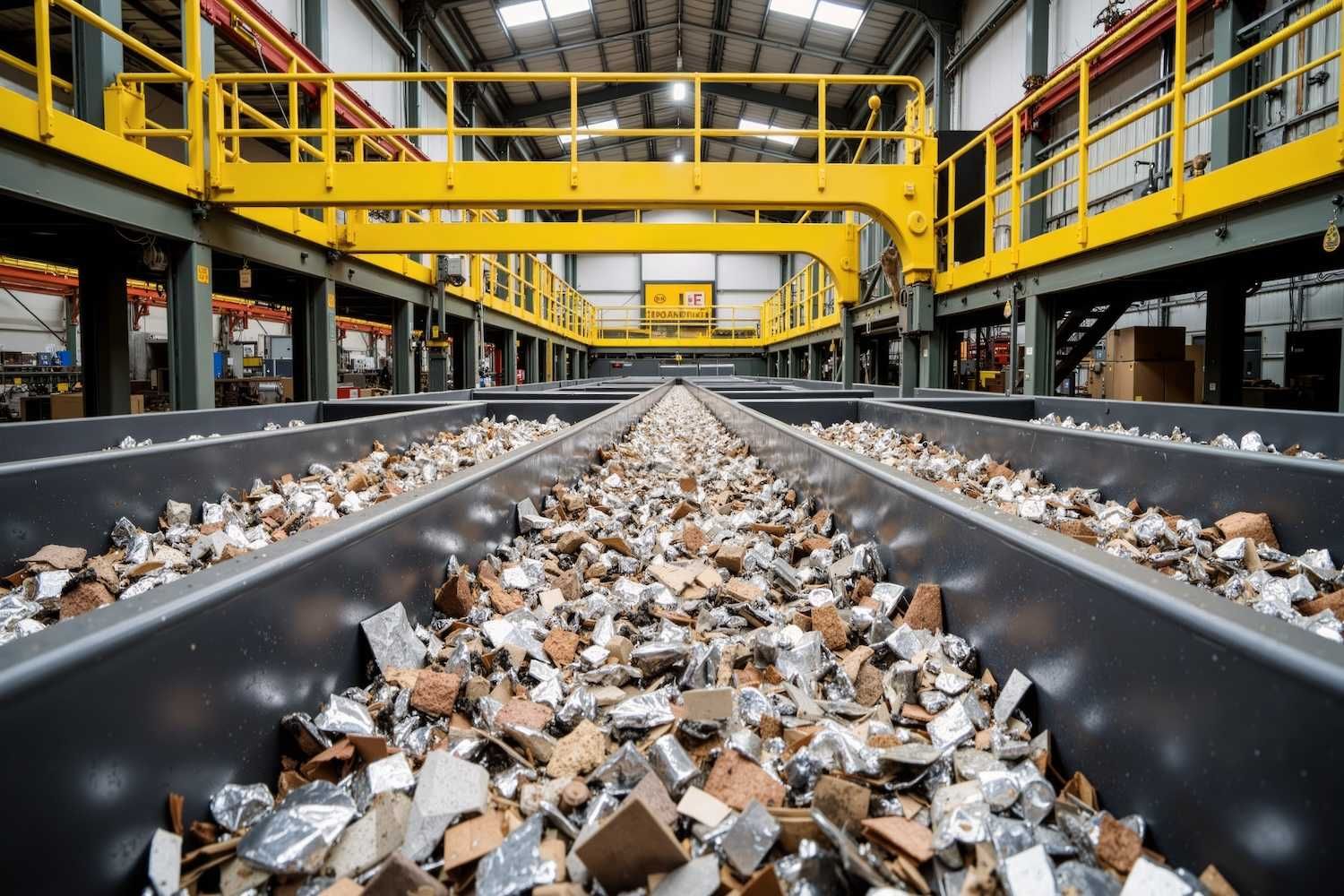
Rare earth element (REE) recycling is moving from niche curiosity to strategic necessity as the clean energy transition increasingly stokes demand for permanent magnets.
Currently, less than 1 percent of rare earths are recycled, even as magnet demand is projected to triple by 2035. The gap could leave the west facing as much as a 30 percent supply shortfall unless scrap flows are tapped at scale.
“Today, magnetic REEs make up around 30 percent of overall REE volume, but they capture more than 80 percent of the value,” McKinsey notes in a July report. “Moving forward, global demand for magnetic REEs is expected to triple from 59 kilotons (kt) in 2022 to 176 kt in 2035, driven by strong growth in electric vehicle (EV) adoption, which is outpacing the substitution of REEs with copper coil magnets, as well as the high rate of renewable capacity expansions in wind.”
Policymakers are also starting to act: the EU’s Critical Raw Materials rules aim for recycling to meet roughly a quarter of the region’s rare earths needs by 2030, prompting public-private pilots and new plants across Europe.
At the same time, startups are commercializing lower-emission and higher-yield separation methods for NdFeB magnets and other feedstocks, from automotive scrap to end-of-life wind turbines.
One such company is Cyclic Materials. Founded in 2021, the privately owned Canadian cleantech company is working to advance a circular supply chain for REEs in North America.
“Our goal is to make these metals more circular by recycling end-of-life products, from electric motors in your cars to power tools in the garage, hard disk drives in data centers. The list really goes on — MRI machines, medical devices and whatnot, and basically recycle REEs and supply those back into the market,” he said.
Unlike other metals like copper, aluminum and nickel, which boast recycling rates of 40 percent, the rare earths recycling market has struggled. Part of the problem is the difficulty in separation.
Citing McKinsey’s report, Ghahreman noted that technical challenges are a major impediment to REE recycling. Magnets, often bonded with iron or steel, typically end up in steel recycling streams, causing valuable REEs to be lost.
Historically, low volumes of magnets in the market limited recycling efforts, but with demand for magnets set to surge — driven by EVs, wind turbines and electronics — recycling is becoming increasingly critical.
Cyclic’s proprietary MagCycle and REEPure technologies recover and refine REEs from end-of-life magnets in the products Ghahreman listed above, turning waste into reusable raw materials.
“For every 100 tonnes of material that comes to Cyclic Materials, more than 99 tonnes of that is recycled as a product,” he said. The remaining 1 percent is mixed, unrecyclable plastics.
After launching its first commercial demo plant in 2023 and a hydrometallurgical facility in Kingston, Ontario, in 2024, Cyclic is now expanding internationally, with Mesa, Arizona, marking its first US site.
Rare earths recycling is expected to be crucial to developing a robust critical metals supply chain outside China, which has dominated the sector’s refining and processing capacity for decades.
China is known for flexing its control over the market during times of tension — earlier this year, Beijing responded to US President Donald Trump’s tariffs with retaliatory rare earths export controls. In June, China granted several automakers fast-track licences helping to ease some of the market tension.
However, in October, China once again tightened export controls on 12 of the 17 rare earths, including holmium, erbium and europium — key inputs for EVs, aerospace and defense. Exporters now need licenses, and Beijing is expected to reject applications linked to military or advanced artificial intelligence uses.
The rules extend to foreign companies using Chinese rare earths or technology, echoing US-style export restrictions, with violators risking loss of access to Chinese suppliers.
The new export restrictions have escalated tensions with the US, with Trump threatening to impose ‘massive’ new tariffs on Chinese imports. He has also criticized China’s actions as ‘hostile,’ and accused it of attempting to monopolize global supply of rare earths, which are crucial for industries like EVs and aviation.
Against that backdrop, Ghahreman sees Cyclic steadily ramping up its capacity and output for the next decade.
“Within the next five to 10 years, Cyclic Materials’ recycled rare earth products are expected to supply enough material equivalent to three or four rare earth mines,” he said, adding that the company isn’t competition for traditional miners, but more of a supplement to the mining sector as demand for rare earths is projected to outpace production.
More immediately, Cyclic announced a US$25 million investment to establish North America’s first Center of Excellence for rare earths recycling in Kingston, Ontario, in June.
Ghahreman expects the Mesa, Arizona, site to open during the first half of 2026.
While he would not speculate on when an initial public offering may be coming, in April, Amazon’s (NASDAQ:AMZN) Climate Pledge Fund was announced as an investor in Cyclic’s Series B round.
Although the company has growth ambitions like any other, Ghahreman was adamant that Cyclic exists because of two very specific statistics. “The key reason Cyclic Materials was started was that rare earth metals are the most critical of metals because of the projection for their consumption in our future gadgets, but at the same time, the least circular of metals because they’re not being recycled today,” he explained.
“Those two stats didn’t sit well with me, and I really needed and wanted to change that.”
Securities Disclosure: I, Georgia Williams, hold no direct investment interest in any company mentioned in this article.


Polymarket’s decentralized forecasting has caught Wall Street’s eye.
The New York Stock Exchange’s parent, Intercontinental Exchange (NYSE:ICE), made a headline-grabbing US$2 billion investment last week, signaling that decentralized forecasting is stepping onto the global financial stage.
In an X post, Polymarket CEO Shayne Coplan called the partnership “a monumental step forward for DeFi.”
Jeffrey C. Sprecher, chair and CEO of ICE, was similarly positive on the arrangement.
“There are opportunities across markets which ICE together with Polymarket can uniquely serve and we are excited about where this investment can take us,” he said in an October 7 press release.
Under the terms of the deal, ICE will become a global distributor of Polymarket’s event-driven data, providing market sentiment indicators to institutional clients worldwide. ICE and Polymarket also have plans to collaborate on future tokenization initiatives for financial products integrated with prediction market data and DeFi technologies.
Polymarket, along with its largest direct competitor, Kalshi, is a prediction market platform where the outcome of events can be traded. Prediction markets are designed to harness the “wisdom of the crowd” to forecast future events, ranging from political elections and economic indicators to product sales and scientific discoveries.
Prediction market participants buy and sell tokens, or shares, in the outcome of an event, with the price of each share reflecting the perceived probability of that outcome occurring.
Prediction markets trace their roots back to informal betting markets and speculation venues, where collective judgment was harnessed to forecast uncertain outcomes. One of the earliest formalized examples dates to 17th century Dutch tulip bulb futures markets, often cited as proto-prediction markets for economic speculation.
The modern concept gained traction in the late 20th century, with academic research demonstrating the power of markets to aggregate dispersed information. The Iowa Electronic Market, launched in the late 1980s by the University of Iowa, became a pioneering real-money political prediction market, accurately forecasting US presidential elections.
In recent years, technological advances and blockchain innovations have transformed prediction markets into decentralized platforms like Polymarket, enabling transparent, censorship-resistant trading using digital tokens. These platforms broadened access beyond institutional players, allowing global participants to trade event outcomes ranging from politics and economics to entertainment and science.
Prediction markets effectively aggregate dispersed information, with participants financially motivated to make accurate predictions due to the potential for profit or loss. These markets offer continuously updated, real-time probabilities, and their accuracy and efficiency are often tied to their liquidity, which refers to the ease of buying and selling shares.
Prediction markets offer several benefits, including improved forecast accuracy compared to traditional methods, especially as an event approaches. They can also serve as an early warning system for future events or shifts in public sentiment, with market prices providing a transparent view of collective expectations. Businesses and policymakers can leverage this data to support strategic decisions and resource allocation.
Despite their popularity, prediction markets face challenges, including regulatory hurdles, concerns about manipulation and the potential for low liquidity in niche markets. The legality of certain types of prediction markets can vary by jurisdiction, particularly when they resemble gambling.
Polymarket is a decentralized prediction market platform built on blockchain technology, specifically operating on the Polygon network, which is a Layer-2 scaling solution for Ethereum.
It allows users to bet on the outcomes of real-world events using cryptocurrencies (mainly the USDC stablecoin), running transactions through smart contracts on the blockchain.
The lead-up to the 2024 US presidential election cycle boosted Polymarket’s popularity. Trading volumes rose as Polymarket attracted crypto users betting on a range of political events. The increasingly unpredictable political landscape, including high-profile events like the assassination attempt on then-candidate Donald Trump, and speculative bets on President Joe Biden stepping out of the race, fueled explosive interest in the platform. The US presidential debate in June 2024 was an especially notable moment, which caused daily trading volumes to spike.
The platform processed billions in bets during the election cycle, with the presidential winner market alone handling hundreds of millions of dollars in trading volume by early September 2024.
Pop culture events, like Taylor Swift’s engagement to Travis Kelce, also generated substantial betting activity, helping to drive viral retail participation and media attention.
Polymarket is non-custodial, which means it does not hold user funds, and its operations are transparent and automated via blockchain, making it censorship-resistant and trustless.
At the time of this writing, its total value locked was nearly US$172 million, according to DeFiLlama.
Enforcement action by the Commodity Futures Trading Commission (CFTC) in 2022 forced Polymarket to block American users and pay a US$1.4 million civil penalty for operating an unregistered exchange.
The company gained US regulatory approval to relaunch by acquiring QCX for US$112 million in Q3 of this year, securing a designated contract market license for self-certification of event contracts under CFTC rules.
Elon Musk and Donald Trump Jr. have publicly endorsed Polymarket, with X officially naming it as its official prediction market partner in June 2025, and Trump Jr. joining its advisory board following a strategic investment. Collectively, those actions boosted the platform’s credibility and political influence.
Polymarket also recently partnered with MetaMask, which plans to integrate Polymarket’s prediction markets natively later in 2025, coinciding with MetaMask’s own token launch and perpetual futures trading rollout.
The company self-certified four contract types covering athletic events, scores, spreads and election winners, with plans to begin listing new contracts to US users from October 2025.
Unlike Polymarket, Kalshi is not primarily built on blockchain technology; instead, it operates as a regulated, centralized exchange for trading event contracts. Even so, Kalshi is increasingly embracing blockchain integration and crypto features, including partnerships with blockchain networks like Solana and Base to expand blockchain-based prediction market functionality. Since December 2024, Kalshi has surpassed Polymarket in prediction market trading volume and market share. As of September 2025, Kalshi held 66 percent of the global market.
Kalshi’s surge is powered by its regulated, US-based real-money exchange with event contracts, while Polymarket is mostly decentralized and international, supporting bets on a broader array of topics.
Both platforms have seen explosive growth in user activity. Other notable prediction market platforms include Augur, DexWin, Better Fan and Oriole Insights.
The landmark Polymarket-ICE deal validates the growing importance of real-time event-driven data in financial markets. Overall, this investment potentially ushers in a new era where prediction markets become essential tools for market forecasting and strategy, bridging the gap between traditional and DeFi.
Securities Disclosure: I, Meagen Seatter, hold no direct investment interest in any company mentioned in this article.

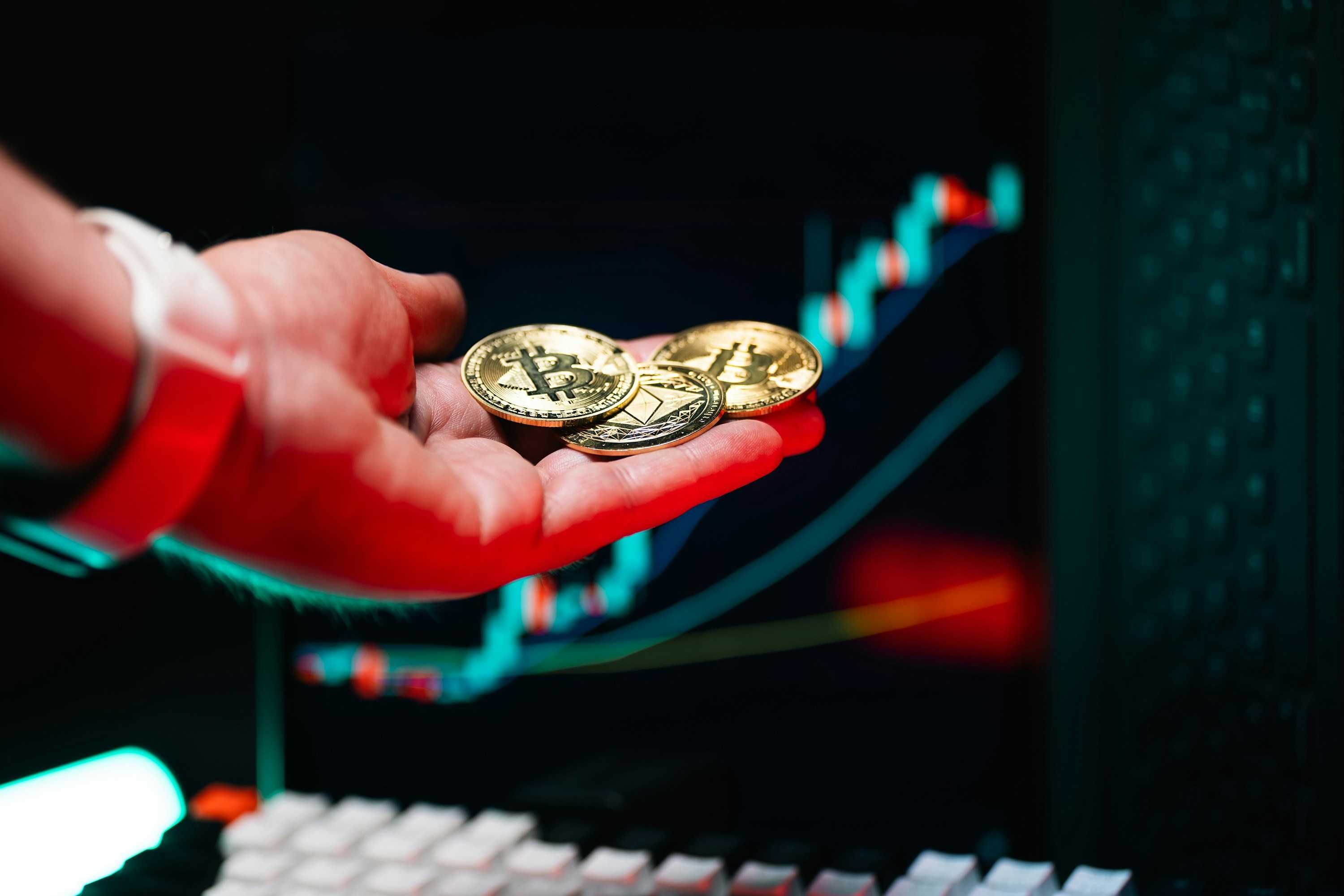
Here’s a quick recap of the crypto landscape for Monday (October 13) as of 9:00 a.m. UTC.
Get the latest insights on Bitcoin, Ether and altcoins, along with a round-up of key cryptocurrency market news.
Bitcoin (BTC) was priced at US$114,548, up by 24 percent in 24 hours. The cryptocurrency’s lowest valuation of the day was US$119,967, and its highest was US$115,792.

Bitcoin price performance, October 13, 2025.
Chart via TradingView
Bitcoin and major cryptocurrencies rebounded at the start of the week, regaining some ground after Friday’s sharp sell-off triggered by President Donald Trump’s renewed tariff threats against China. The correction, which wiped out billions in leveraged positions, marked one of the largest single-day liquidations in crypto trading history.
Bitcoin climbed 2.2 percent in the past 24 hours to trade above US$114,200 on Monday, after plunging below US$109,000 late Friday and coming off a record high near US$126,200 earlier in the week.
The weekend rebound followed Trump’s more conciliatory Truth Social post on Sunday, where he wrote, “Don’t worry about China, it will all be fine! Highly respected President Xi just had a bad moment. He doesn’t want Depression for his country, and neither do I. The U.S.A. wants to help China, not hurt it!!!”
Data from CoinGlass revealed that over 1.6 million traders were liquidated on Friday, amounting to more than US$19 billion in forced sales across the crypto market. Other reports placed the figure at roughly US$20 billion, the largest single-day liquidation event in crypto history, as leveraged long positions on Bitcoin and Ethereum were rapidly unwound. The event also saw major altcoins like XRP, Dogecoin, and Cardano slump by as much as 30 percent, deepening what traders described as a “cascade of leveraged liquidations.”
According to Bitcoin researcher Axel Adler Jr., Friday’s shock “changed the regime to moderately bearish,” though market structure indicators suggest the downturn has yet to reach capitulation levels. Adler noted that the Bitcoin Bull-Bear Structure Index dropped by 8 percent, and a further decline to -15 percent would “signal continued bearish pressure and the risk of retesting local lows.”
Bitcoin dominance in the crypto market now stands at 56.01 percent.
Ether (ETH) was trading at US$4,105.84. Its lowest valuation on Monday was US$3,802.06 and its highest was US$4,196.98.
Ethereum recovered almost 7, pushing back above the US$4,000 threshold after sinking to around US$3,620. Ethereum mirrored Bitcoin’s volatility through the week, briefly dropping 11 percent to around US$3,878 before reclaiming the US$4,100 level.
The Fear & Greed Index currently reads 40, climbing back to neutral territory after crashing to ‘fear’ during last week’s massive selloff.
Last week, the cumulative net flow for spot Bitcoin ETFs was predominantly positive despite the sudden crash on the tail end. According to data from the week of October 6 to October 12, spot Bitcoin ETFs had inflows on four days, with October 10 recording the outlier at US$4.50 million outflows. The inflows were led by BlackRock’s iShares Bitcoin Trust (NASDAQ:IBIT) and the Fidelity Wise Origin Bitcoin Fund (BATS:FBTC).
Cumulative total inflows for spot Bitcoin ETFs stood at US$62.77 billion as of October 10.
Digital asset investment products saw US$3.17 billion in inflows last week, shrugging off the volatility sparked by renewed US–China tariff tensions.
According to CoinShares, Bitcoin accounted for $2.67 billion of that total, underscoring its dominance in institutional portfolios as exchange-traded product (ETP) volumes hit a record US$53 billion.
US spot Bitcoin ETFs alone attracted US$2.71 billion, even as major cryptocurrencies corrected midweek. Friday’s minor US$159 million outflow suggested investors were largely unfazed by short-term market shocks.
Furthermore, year-to-date inflows have reached a record US$48.7 billion, already surpassing 2024’s full-year total, which analysts say is indicative of a resilient capital rotation into crypto.
The crypto market rebounded sharply over the weekend after enduring one of the largest liquidation events in its history.
On Friday, Bitcoin plunged from US$121,000 to as low as US$109,000, while Ethereum tumbled to $3,686 in a widespread sell-off that erased weeks of gains.
CoinGlass data showed nearly $20 billion in liquidations across crypto derivatives, with US$16.7 billion from long positions alone, marking the biggest one-day wipeout on record.
The extreme volatility mirrored broader market weakness as major US stock indexes also posting their steepest declines since April.
Analysts attributed the cascade to overleveraged traders and algorithmic liquidations triggered by Trump’s tariff announcement.
In a bid to bring Dogecoin deeper into traditional finance, House of Doge—the corporate arm of the Dogecoin Foundation—made its public debut on Nasdaq through a reverse merger with Brag House Holdings.
CEO Marco Margiotta said the listing will help fund new payment and yield infrastructure for Dogecoin, including a pending spot ETF with 21Shares and a treasury product already trading on the NYSE.
The company’s backers include Elon Musk’s attorney Alex Spiro, former Texas Governor Rick Perry, and members of the Steinbrenner family.
Margiotta said being public will accelerate Dogecoin’s integration into retail payments and cultural sectors like sports, where the firm plans to launch tokenized fan initiatives.
Dogecoin rose more than 10 percent following the announcement.
Securities Disclosure: I, Meagen Seatter, hold no direct investment interest in any company mentioned in this article.
Securities Disclosure: I, Giann Liguid, hold no direct investment interest in any company mentioned in this article.
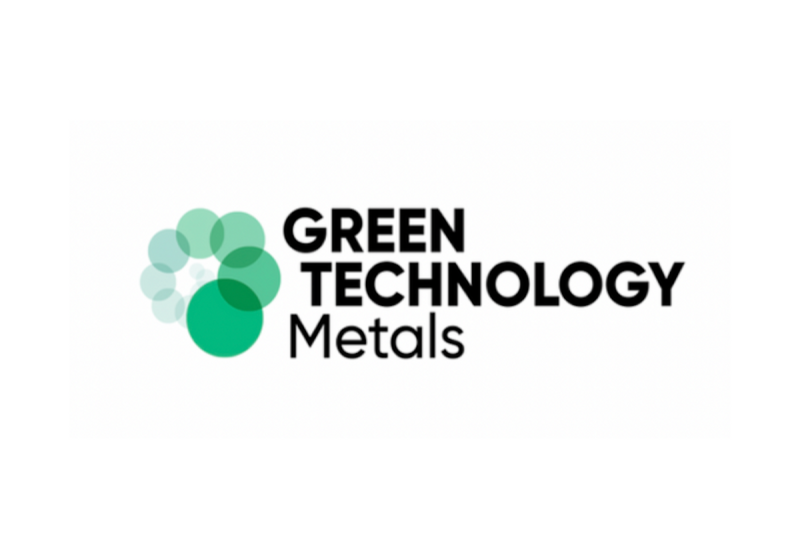
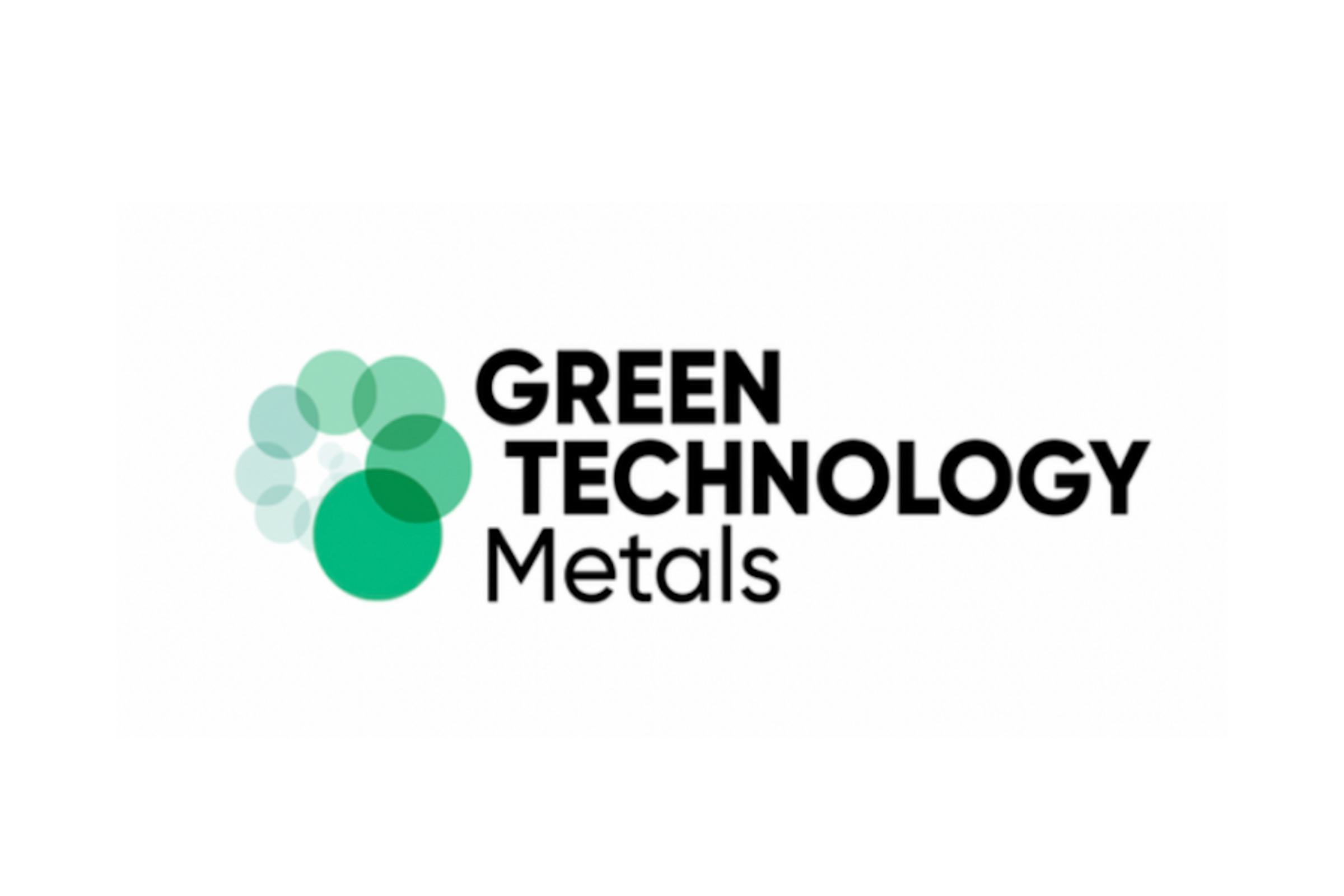 Green Technology Metals (GT1:AU) has announced Successful A$4.5m Two Tranche Placement
Green Technology Metals (GT1:AU) has announced Successful A$4.5m Two Tranche Placement
Download the PDF here.

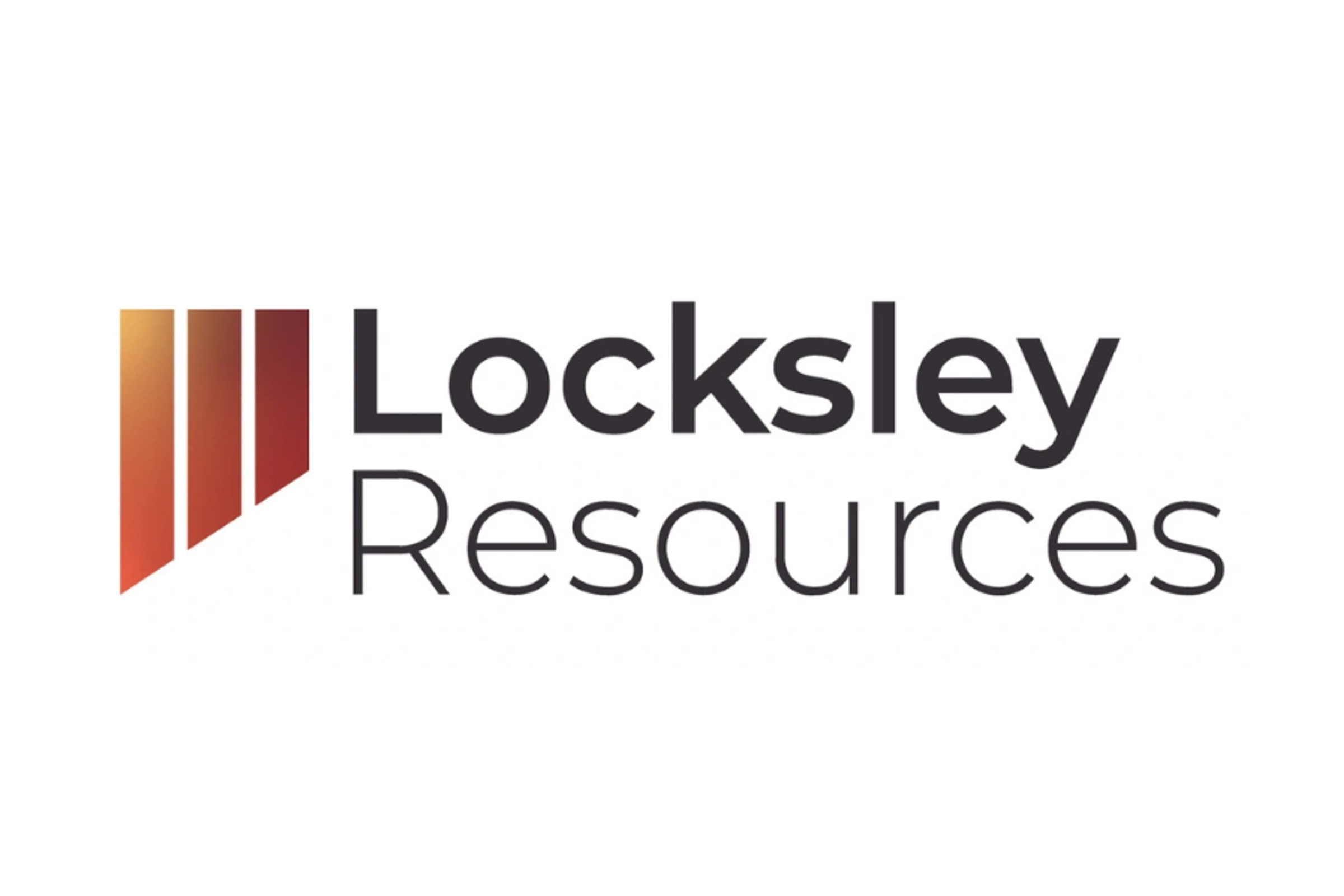 Locksley Resources (LKY:AU) has announced Locksley Qualifies for Trading on U.S. OTCQX Market
Locksley Resources (LKY:AU) has announced Locksley Qualifies for Trading on U.S. OTCQX Market
Download the PDF here.
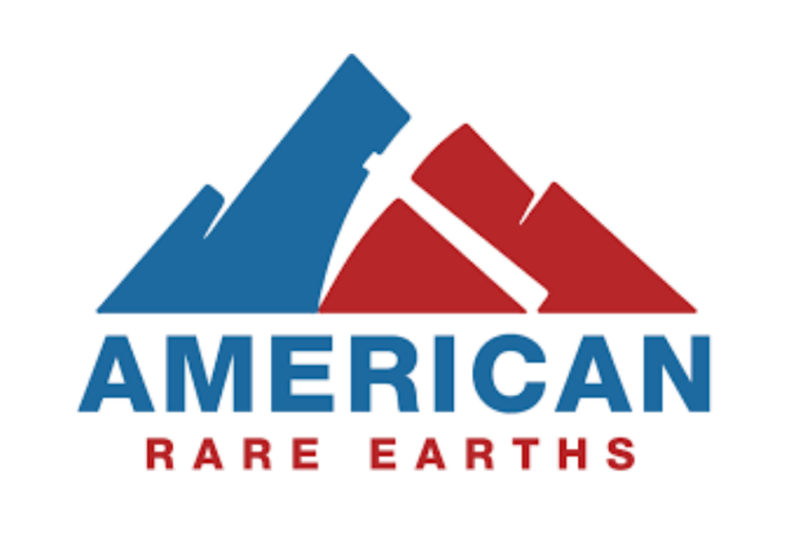
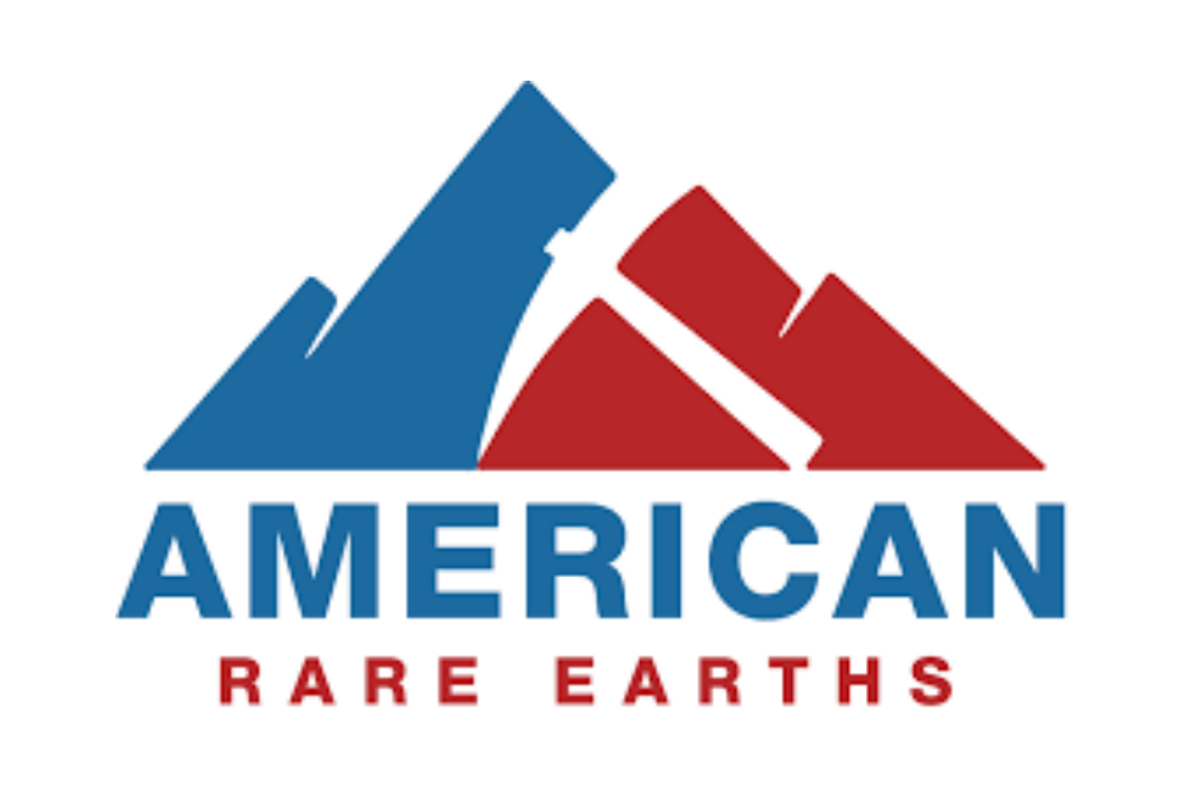 American Rare Earths Limited (ARR:AU) has announced Successful Completion-Impurity Removal Neutralization Tests
American Rare Earths Limited (ARR:AU) has announced Successful Completion-Impurity Removal Neutralization Tests
Download the PDF here.
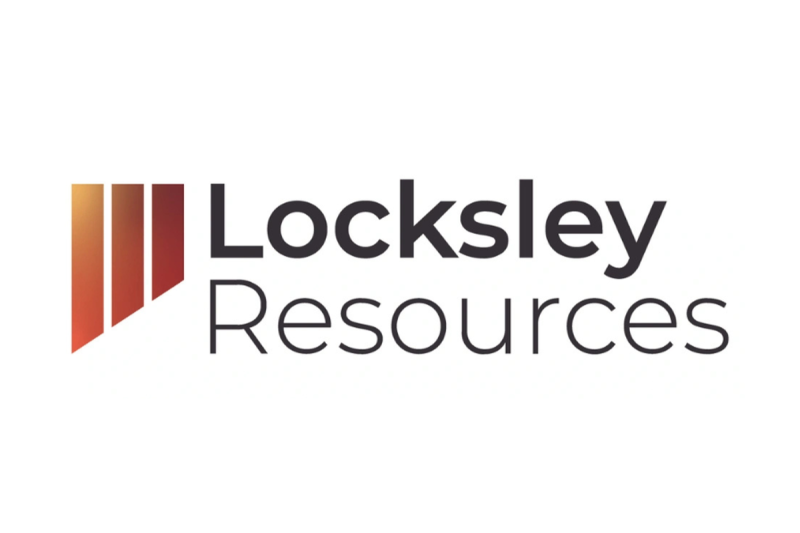

Highlights
– Locksley Resources Limited has qualified to trade on the OTCQX(R) Best Market, upgrading from the OTCQB(R) Venture Market
– Trading on OTCQX enhances Locksley’s visibility and accessibility to U.S. investors, supporting its U.S. focused critical minerals strategy
– Locksley’s flagship Mojave Project in California is strategically located adjacent to MP Materials’ Mountain Pass Mine, targeting rare earth elements (REEs) and antimony as part of a fully integrated mine-tomarket strategy
– The Company’s downstream technology partnerships underpin its role in re-establishing U.S. domestic supply chains for critical materials, with a particular focus on antimony
– Rare earths and Antimony are front and center in the global race to secure critical materials, with Locksley’s Mojave Project positioned at the heart of America’s efforts to restore domestic supply independence through a 100% U.S. mine-to-market strategy
Locksley has upgraded to OTCQX from the OTCQB Venture Market, and the symbol remains as ‘LKYRF.’ U.S. investors can find current financial disclosure and Real-Time Level 2 quotes for the company on www.otcmarkets.com.
The OTCQX Market is designed for established, investor focused U.S. and international companies. To qualify for OTCQX, companies must meet high financial standards, follow best practice corporate governance, and demonstrate compliance with applicable securities laws. Graduating to the OTCQX Market marks an important milestone for companies, enabling them to demonstrate their qualifications and build visibility among U.S. investors.
Rare Earths & Antimony – Front and Centre in a Shifting Global Landscape
Locksley’s progression to the OTCQX comes amid escalating global focus on rare earth security, following new export restrictions and rising trade tensions. As nations move to safeguard access to critical materials, Locksley’s Mojave Project stands at the center of America’s effort to restore domestic supply independence. With a fully integrated mine-to-market strategy across antimony and rare earths, the Company is advancing a 100% American made approach that aligns directly with U.S. national policy priorities and the reshoring of strategic materials.
Nathan Lude – Head of Strategy, Capital Markets & Commercialisation commented
‘Graduating to the OTCQX Market in record time since our initial listing just over three months ago, is a significant milestone for Locksley as we broaden our visibility and accessibility to U.S. investors. Our Mojave Rare Earths and Antimony Critical Minerals Project are strategically located in a tier-one jurisdiction adjacent to MP Materials’ Mountain Pass Mine. Locksley is positioned to play a pivotal role in re-establishing domestic supply chains through its mine-to-market strategy for critical materials, with a particular focus on antimony.’
About Locksley Resources Limited:
Locksley Resources Limited (ASX:LKY,OTC:LKYRF) (FRA:X5L) (OTCMKTS:LKYRF) is an ASX listed explorer focused on critical minerals in the United States of America. The Company is actively advancing exploration across two key assets: the Mojave Project in California, targeting rare earth elements (REEs) and antimony. Locksley Resources aims to generate shareholder value through strategic exploration, discovery and development in this highly prospective mineral region.
Mojave Project
Located in the Mojave Desert, California, the Mojave Project comprises over 250 claims across two contiguous prospect areas, namely, the North Block/Northeast Block and the El Campo Prospect. The North Block directly abuts claims held by MP Materials, while El Campo lies along strike of the Mountain Pass Mine and is enveloped by MP Materials’ claims, highlighting the strong geological continuity and exploration potential of the project area.
In addition to rare earths, the Mojave Project hosts the historic ‘Desert Antimony Mine’, which last operated in 1937. Despite the United States currently having no domestic antimony production, demand for the metal remains high due to its essential role in defense systems, semiconductors, and metal alloys. With significant surface sample results, the Desert Mine prospect represents one of the highest-grade known antimony occurrences in the U.S.
Locksley’s North American position is further strengthened by rising geopolitical urgency to diversify supply chains away from China, the global leader in both REE & antimony production. With its maiden drilling program planned, the Mojave Project is uniquely positioned to align with U.S. strategic objectives around critical mineral independence and economic security.
Tottenham Project
Locksley’s Australian portfolio comprises the advanced Tottenham Copper-Gold Project in New South Wales, focused on VMS-style mineralisation
About OTC Markets Group Inc.:
OTC Markets Group Inc. (OTCQX:OTCM) operates regulated markets for trading 12,000 U.S. and international securities. Our data-driven disclosure standards form the foundation of our public markets: OTCQX(R) Best Market, OTCQB(R) Venture Market, OTCID(TM) Basic Market and Pink Limited(TM) Market. Our OTC Link(R) Alternative Trading Systems (ATSs) provide critical market infrastructure that broker-dealers rely on to facilitate trading.
Our innovative model offers companies more efficient access to the U.S. financial markets.
OTC Link ATS, OTC Link ECN, OTC Link NQB, and MOON ATS(TM) are each SEC regulated ATS, operated by OTC Link LLC, a FINRA and SEC registered broker-dealer, member SIPC.
Source:
Locksley Resources Limited OTC Markets Group Inc.
Contact:
Locksley Resources Limited
T: +61 8 9481 0389
E: info@locksleyresources.com.au
News Provided by ABN Newswire via QuoteMedia
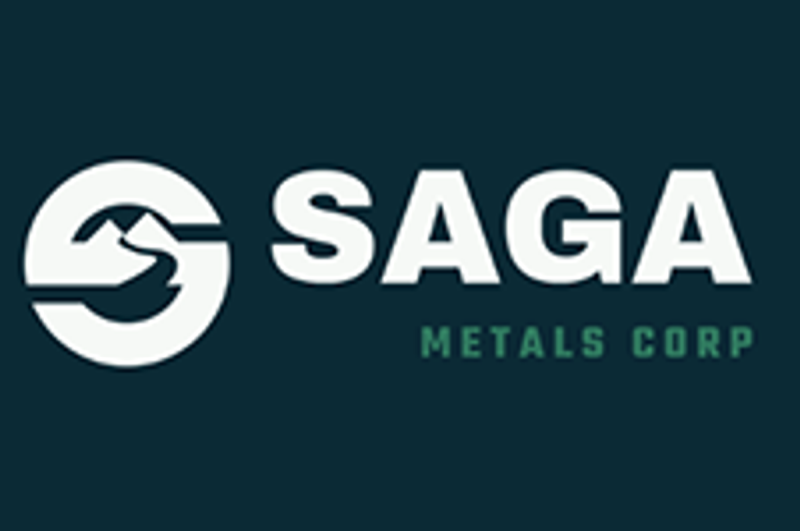

NOT FOR DISTRIBUTION TO U.S. NEWS WIRE SERVICES OR FOR DISSMINATION IN THE UNITED STATES.
Saga Metals Corp. (‘SAGA’ or the ‘Company’) (TSXV: SAGA,OTC:SAGMF) (OTCQB: SAGMF) (FSE: 20H), a North American exploration company focused on critical minerals, is pleased to announce the closing of its previously announced non-brokered private placement pursuant to which the Company raised aggregate gross proceeds of C$2,988,024.64 (the ‘ Offering ‘).
Pursuant to the Offering, the Company issued (i) 7,100,088 flow-through common share units of the Company (the ‘ FT Units ‘) at C$0.28 per FT Unit for gross proceeds of C$1,988,024.64, and (ii) 4,000,000 hard dollar common share units of the Company (the ‘ HD Units ‘, and together with the FT Units, the ‘ Securities ‘) at C$0.25 per HD Unit for gross proceeds of C$1,000,000.
Financing Overview:
Each FT Unit consists of one flow-through common share as defined in subsection 66(15) of the Income Tax Act (Canada) (the ‘ Tax Act ‘), and one-half of one transferable common share purchase warrant (each whole warrant, a ‘ Warrant ‘). Each Warrant will entitle its holder to purchase one common share in the capital of the Company (a ‘ Warrant Share ‘) at a price of C$0.50 until October 10, 2027. The Warrant Shares underlying the FT Units will not qualify as ‘flow-through shares’ under the Tax Act.
Each HD Unit consists of one common share and one-half of one Warrant. Each whole Warrant will entitle its holder to purchase one Warrant Share at a price of C$0.50 until October 10, 2027.
Each of the Warrants will be subject to the right of the Company to accelerate the expiry date of the Warrants to a date that is 30 days following dissemination of a news release announcing such acceleration if, at any time, after October 10, 2025 (the ‘ Closing Date ‘), the closing price of the Company’s common shares equals or exceeds C$0.75 for a period of ten consecutive trading days on the TSX Venture Exchange (the ‘ Exchange ‘).
All securities issued in connection with the Offering are subject to a hold period of four months and one day following the Closing Date pursuant to applicable securities laws, expiring February 11, 2026.
The Company paid cash finder’s fees in the aggregate amount of $130,003 and issued an aggregate of 478,204 finder’s warrants in connection with the Offering. Each finder’s warrant entitles the holder thereof to purchase one common share of the Company at a price of $0.50 per share for a period of 24 months from the Closing Date.
The gross proceeds from the FT Units will be used by the Company for ‘Canadian exploration expenses’ that are ‘flow-through critical mineral mining expenditures’ (as such terms are defined in the Tax Act) on the Company’s Canadian mineral resource properties. The net proceeds of the HD Units will be used by the Company for administrative and general working capital, which may include investor relations activities.
The securities of SAGA have not been and will not be registered under the United States Securities Act of 1933, as amended (the ‘ U.S. Securities Act ‘), or any state securities laws, and may not be offered or sold, within the United States, unless exemptions from the registration requirements of the U.S. Securities Act and applicable state securities laws are available.
No securities regulatory authority has reviewed or approved of the contents of this news release. This news release does not constitute an offer to sell or a solicitation of an offer to buy any securities of SAGA in any jurisdiction in which such offer, solicitation or sale would be unlawful.
Marketing Services Agreement with Capitaliz.
The Company further reports that it has entered into a digital marketing services agreement effective as of October 13, 2025 (the ‘ Capitaliz Agreement ‘) with 1123963 B.C. Ltd. D.B.A. Capitaliz (‘ Capitaliz ‘). Pursuant to the Capitaliz Agreement, Capitaliz will, among other things, provide the Company with certain marketing services to expand investor awareness of the Company’s business and to communicate with the investment community (the ‘ Capitaliz Services ‘). The Capitaliz Services will be provided by Capitaliz over a three-month term. The Capitaliz Agreement may be terminated at any time by either party with 30 days’ notice.
Capitaliz is a content-driven digital marketing agency that connects public companies with social media influencers across all major social media platforms, leveraging a creator network that reaches over 100 million subscribers.
The Capitaliz Services will include, among other things: (i) multimedia content creation and syndication, including the production and distribution of editorial video content; (ii) targeted traffic generation through a combination of pay-per-click advertising, social media marketing, native advertising, search engine optimization, email campaigns, and retargeting strategies; and (iii) strategic social media amplification of campaign content across platforms such as Investorhub and YouTube; and (iv) expanded distribution through established relationships with financial media platforms. In consideration of the Capitaliz Services, and pursuant to the terms and conditions of the Capitaliz Agreement, the Company has agreed to pay Capitaliz a fee of C$200,000 (plus applicable taxes) over a three-month term, which will be paid using the Company’s available working capital.
The Capitaliz Services will be rendered primarily online through a variety of news and investment community communications channels. Jeff Leslie, the principal of Capitaliz – located at 704 – 595 Howe Street, Box 35, Vancouver, BC, V6C 2T5 – will be involved in conducting the Capitaliz Services. Capitaliz and Mr. Leslie do not have any interest, directly or indirectly, in the Company or its securities, or any right or intent to acquire such an interest. The terms and conditions of the Capitaliz Agreement remain subject to approval of the Exchange.
Online Marketing Agreement with i2i Marketing Group, LLC.
In addition, the Company reports that it entered into an online marketing agreement (the ‘ i2i Agreement ‘) with i2i Marketing Group, LLC (‘ i2i ‘). Pursuant to the i2i Agreement, i2i will, among other things, provide the Company with corporate marketing and investor awareness services, including, but not limited to, content creation management, author sourcing, project management and media distribution (the ‘ i2i Services ‘). The i2i Services will be provided by i2i pursuant to an initial US$250,000 budget, which will be paid using the Company’s available working capital, and may continue on a month-to-month basis thereafter until the i2i Agreement is terminated. The i2i Agreement may be terminated by either party upon 10 days’ advance written notice to the other party during the contract term.
The i2i Services will be rendered primarily online through a variety of news and investment community communications channels. Joe Grubb and Kailyn White, principals of i2i will be providing services on behalf of i2i, which has an office located at 1107 Key Plaza #222 Key West, FL 33040. i2i, Mr. Grubb, and Ms. White do not have any interest, directly or indirectly, in the Company or its securities, or any right or intent to acquire such an interest.
The terms and conditions of the i2i Agreement remain subject to approval of the Exchange.
About Saga Metals Corp.
Saga Metals Corp. is a North American mining company focused on the exploration and discovery of a diversified suite of critical minerals that support the global transition to green energy. The Radar Titanium Project comprises 24,175 hectares and entirely encloses the Dykes River intrusive complex, mapped at 160 km² on the surface near Cartwright, Labrador. Exploration to date, including a 2,200m drill program, has confirmed a large and mineralized layered mafic intrusion hosting vanadiferous titanomagnetite (VTM) with strong grades of titanium and vanadium.
The Double Mer Uranium Project, also in Labrador, covers 25,600 hectares featuring uranium radiometrics that highlight an 18km east-west trend, with a confirmed 14km section producing samples as high as 0.428% U 3 O 8 and uranium uranophane was identified in several areas of highest radiometric response (2024 Double Mer Technical Report).
Additionally, SAGA owns the Legacy Lithium Property in Quebec’s Eeyou Istchee James Bay region. This project, developed in partnership with Rio Tinto, has been expanded through the acquisition of the Amirault Lithium Project. Together, these properties cover 65,849 hectares and share significant geological continuity with other major players in the area, including Rio Tinto, Winsome Resources, Azimut Exploration, and Loyal Metals.
With a portfolio that spans key minerals crucial to the green energy transition, SAGA is strategically positioned to play an essential role in the clean energy future.
On Behalf of the Board of Directors
Mike Stier, Chief Executive Officer
For more information, contact:
Rob Guzman, Investor Relations
Saga Metals Corp.
Tel: +1 (844) 724-2638
Email: rob@sagametals.com
www.sagametals.com
Neither the TSX Venture Exchange nor its Regulation Service Provider (as that term is defined in the policies of the TSX Venture Exchange) accepts responsibility for the adequacy or accuracy of this release.
Cautionary Disclaimer
This news release contains forward-looking statements within the meaning of applicable securities laws that are not historical facts. Forward-looking statements are often identified by terms such as ‘will’, ‘may’, ‘should’, ‘anticipates’, ‘expects’, ‘believes’, and similar expressions or the negative of these words or other comparable terminology. All statements other than statements of historical fact, included in this release are forward-looking statements that involve risks and uncertainties. In particular, this news release contains forward-looking statements regarding discussions of future plans, estimates and forecasts and statements as to management’s expectations and intentions with respect to, among other things, the Offering, including the expected use of proceeds from the Offering, the receipt of the Capitaliz Services and the i2i Services, and the terms of the Capitaliz Agreement and the i2i Agreement. There can be no assurance that such statements will prove to be accurate and actual results and future events could differ materially from those anticipated in such statements. Important factors that could cause actual results to differ materially from the Company’s expectations include, but are not limited to, changes in the state of equity and debt markets, fluctuations in commodity prices, delays in obtaining required regulatory or governmental approvals, environmental risks, limitations on insurance coverage, inherent risks and uncertainties involved in the mineral exploration and development industry, particularly given the early-stage nature of the Company’s assets, and the risks detailed in the Company’s continuous disclosure filings with securities regulations from time to time, available under its SEDAR+ profile at www.sedarplus.ca. The reader is cautioned that assumptions used in the preparation of any forward-looking information may prove to be incorrect. Events or circumstances may cause actual results to differ materially from those predicted, as a result of numerous known and unknown risks, uncertainties, and other factors, many of which are beyond the control of the Company. The reader is cautioned not to place undue reliance on any forward-looking information. Such information, although considered reasonable by management at the time of preparation, may prove to be incorrect and actual results may differ materially from those anticipated. Forward-looking statements contained in this news release are expressly qualified by this cautionary statement. The forward-looking statements contained in this news release are made as of the date of this news release and the Company will update or revise publicly any of the included forward-looking statements only as expressly required by applicable law.

![]()
News Provided by GlobeNewswire via QuoteMedia
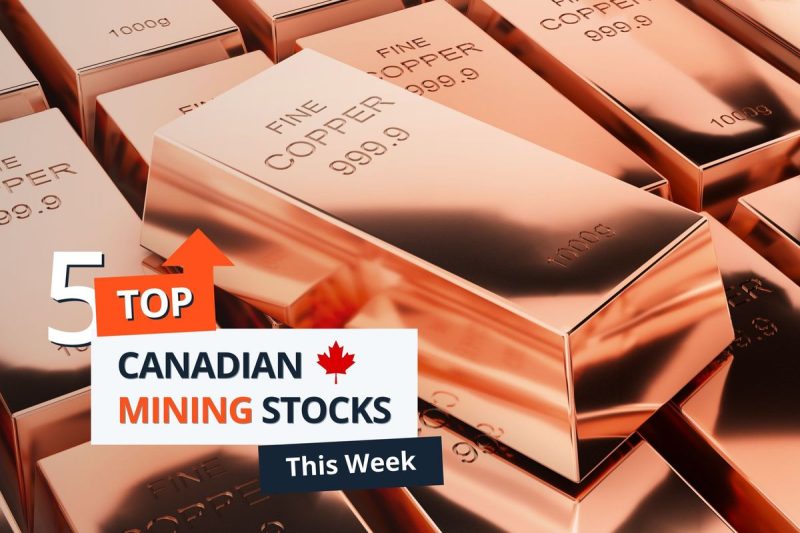
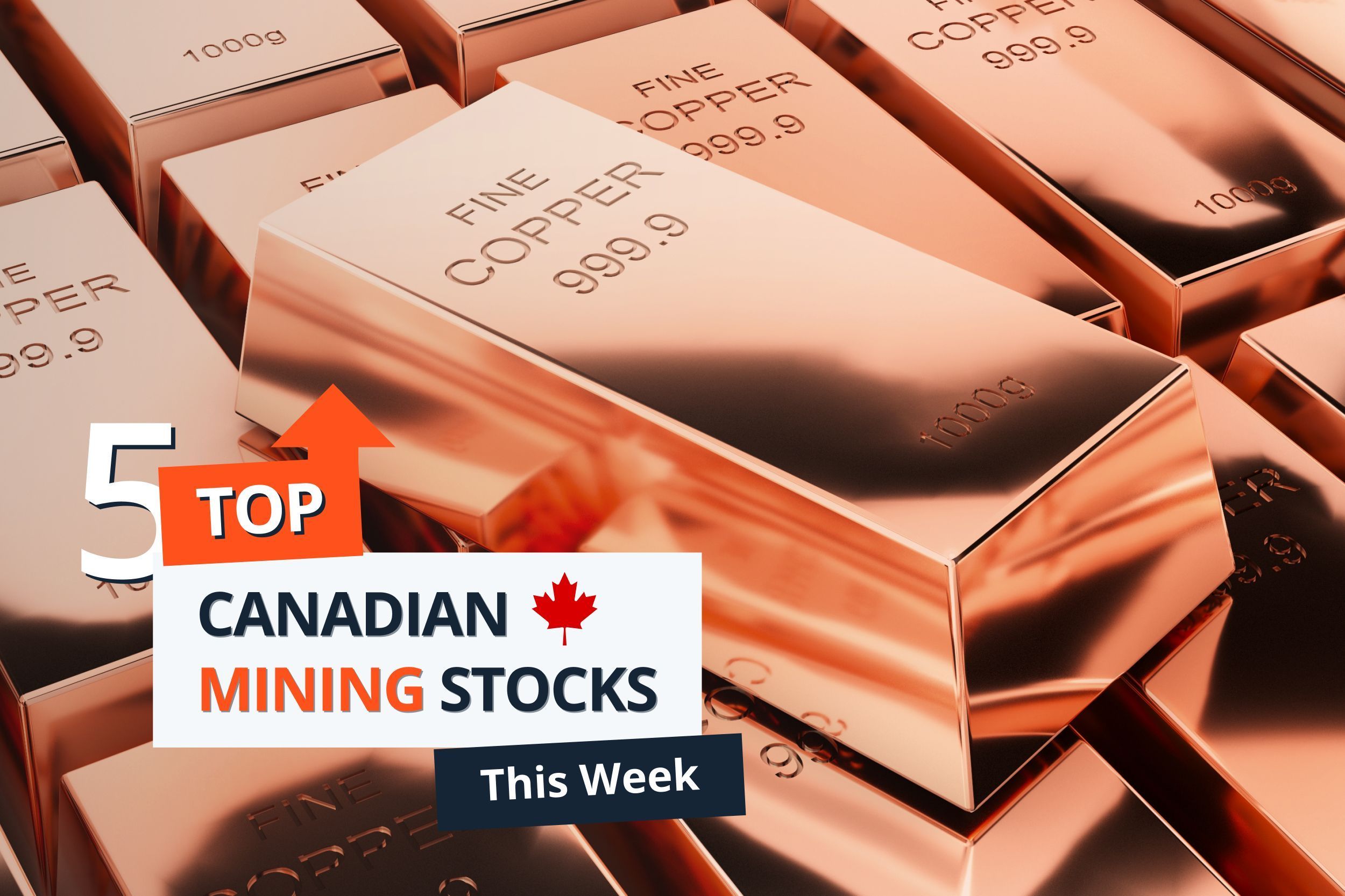
Statistics Canada released September’s job data on Friday (October 10). According to the release, 60,000 jobs were added to the Canadian economy during the month, and the employment rate increased to 60.6 percent, up 0.1 percent from August. However, the unemployment rate remained unchanged at 7.1 percent.
The increase in the labor market follows a significant decline of 106,000 combined jobs over the previous two months.
Leading the gains was the manufacturing sector, which added 28,000 jobs to the labor force. The increase was followed by 14,000 new workers in the health care and social assistance sector, and 13,000 new roles in the agriculture sector.
The natural resources sector posted a 2.2 percent gain, adding 7,100 new jobs over August’s numbers, but the sector shed 18,200 workers over September 2024.
Earlier in the week, StatsCan released a report on the economic contribution of critical mineral production in 2023 on Monday (October 6).
In 2023, critical mineral production contributed C$30.2 billion in nominal gross domestic product (GDP) and C$20.9 billion in real GDP terms, which accounted for 1.1 percent of the total economy and 37.4 percent of the mineral and mining sector.
The report also details a nominal GDP increase of 63 percent and a real GDP growth of 12.7 percent between 2019 and 2023. During the same period, job growth increased by 6.2 percent, with the subsector employing nearly 55,000 workers, outpacing the entire mineral and mining sector and the broader economy, which grew by 5.2 percent and 5.6 percent, respectively.
South of the border, the White House announced on Monday that President Donald Trump approved the Ambler Access Road project in Alaska. This was followed by a 50 to 46 vote by the Senate on Thursday evening to repeal a land management plan for Alaska that had delayed development of the road.
The controversial project would connect the Dalton Highway to the Ambler Mining District via a route that passed through the Gates of the Arctic National Park, considered one of the United States’ best-preserved parks.
The access road was initially approved during Trump’s first term in office, but approvals were rescinded in 2024 under the Biden administration due to the impact on the Western Arctic caribou herd, salmon and other wildlife. The Native American Tribes who live, hunt and fish in the area have largely stood in opposition to the road.
Proponents point to access to critical minerals like copper and gallium, which have become a focal point as the US seeks to increase domestic production of these minerals, which are required for the advancement of AI technologies, data centers and national defense.
Both gold and silver soared to record highs this week, with the gold price reaching US$4,058.98 per ounce on Wednesday (October 8) and the silver price climbing to an intraday all-time high of US$51.14 per ounce on Thursday (October 9). While gold has been consistently setting new records in 2025, silver broke its all-time high set in 1980.
Precious metals have seen broad gains since the start of the year, fueled by widespread uncertainty in the global economy due to factors including chaotic US trade policy and, most recently, the failure of US lawmakers to agree on a funding package to prevent the federal government from shutting down.
For more on what’s moving markets this week, check out our top market news round-up.
Canadian equity markets were mixed this week.
The S&P/TSX Composite Index (INDEXTSI:OSPTX) halted its record-breaking run this week, losing 1.17 percent to close Friday at 29,850.89.
The S&P/TSX Venture Composite Index (INDEXTSI:JX) fared better, ending a volatile week up 1.75 percent at 980.77. The CSE Composite Index (CSE:CSECOMP) was up 2.2 percent to close out the week at 184.31.
The gold price set another new record, reaching an intraday high of US$4,058.98 per ounce on Wednesday. On the week, gold was up 3.39 percent to US$4,018.68 by Friday’s close.
The silver price saw even stronger gains, breaking its own all time high on Thursday at US$51.14 per ounce, before pulling back slightly to post a weekly gain of 4.27 percent to US$50.03 per ounce by 4:00 p.m. EDT Friday.
Copper was up as much as 3 percent on the week during trading Thursday, but the copper price collapsed on Friday, falling from US$5.10 to end the week at US$4.80 per pound.
The S&P Goldman Sachs Commodities Index (INDEXSP:SPGSCI) fell 0.71 percent to end Friday at 539.97.
How did mining stocks perform against this backdrop?
Take a look at this week’s five best-performing Canadian mining stocks below.
Stocks data for this article was retrieved at 4:00 p.m. EDT on Friday using TradingView’s stock screener. Only companies trading on the TSX, TSXV and CSE with market caps greater than C$10 million are included. Mineral companies within the non-energy minerals, energy minerals, process industry and producer manufacturing sectors were considered.
Weekly gain: 282.35 percent
Market cap: C$44.59 million
Share price: C$0.65
Valhalla Metals is a polymetallic exploration company with a pair of projects in Alaska’s Ambler Mining District, the Sun and Smucker projects.
Its primary focus, the Sun project consists of 392 claims that cover an area of 25,382 hectares.
A May 2022 technical report states that the indicated resource for the project is 1.71 million metric tons of ore containing 55.85 million pounds of copper, 162.96 million pounds of zinc, 42.04 million pounds of lead, 3.3 million ounces of silver and 12,000 ounces of gold.
It also reported an inferred resource of 9.02 million metric tons containing 239.64 million pounds of copper, 831.33 million pounds of zinc, 290.26 million pounds of lead, 23.68 million ounces of silver and 73,000 ounces of gold.
The project is largely dependent on the construction of the 211 mile Ambler Access Road, which Trump approved in his first term. Former President Joe Biden rescinded the federal permit in 2024 due to environmental concerns, which is discussed in-depth above.
Shares in Valhalla surged this week after the Senate and the White House signaled support for the project. The company said in a news release on Tuesday (October 7) that it was excited by the reversal and will now be able to restart exploration and expand the known resources at the Sun Deposit.
Weekly gain: 191.35 percent
Market cap: C$1.53 billion
Share price: C$8.42
Trilogy Metals is a polymetallic exploration and development company working to advance its Upper Kobuk mineral projects in Northern Alaska, which it owns in a 50/50 joint venture with South32 (ASX:S32,OTC Pink:SHTLF).
Its most advanced asset is the Arctic copper, zinc, lead, gold and silver project, which is in the feasibility stage. In an updated feasibility study from February 2023, the company reported annual payable production volumes of 148.68 million pounds of copper, 172.6 million pounds of zinc, 25.75 million pounds of lead, 32,538 ounces of gold and 2.77 million ounces of silver.
After tax, the study pegged the net present value at US$1.11 billion, with an internal rate of return of 22.8 percent and a payback period of 3.1 years.
Trilogy’s other key asset is the Bornite copper-cobalt project located 25 kilometers southwest of its Arctic project. The site hosts widespread mineralization and has seen historic exploration dating back to the 1950s.
A preliminary economic assessment for Bornite, dated January 15, established an after-tax net present value of US$393.9 million, with an internal rate of return of 20 percent and a payback period of 4.4 years. The updated mineral resource included with the report estimates an inferred resource of 6.53 billion pounds of copper with an average grade of 1.42 percent from 208.9 million metric tons of ore.
Like Valhalla’s, shares in Trilogy surged this week on the news that the US government approved construction of the Ambler Access Road.
Additionally, Trilogy reported on Monday that it had entered into a binding letter of intent, that would see the US Department of Defense invest US$17.8 million in Trilogy in exchange for 8.22 million shares, or 10 percent of the company, and will hold warrants for an additional 7.5 percent.
Both Trilogy and the DoD stated that they will work in good faith to facilitate financing for the construction of the road and will include permit applications for the FAST-41 process to expedite mining development.
Weekly gain: 180.65 percent
Market cap: C$184.54 million
Share price: C$0.87
Ares Strategic Mining is a development company advancing its Lost Sheep fluorspar mine in Utah, US, to production.
Initially acquired in 2020, the property consists of 353 claims across 5,982 acres south-west of Salt Lake City. The Lost Sheep fluorspar mine is currently in the construction phase and has received backing from the state of Utah and the federal government. It is the only permitted fluorspar mine in the country.
Ares reported on July 31 that it had launched a program with Iowa State University and the Ames National Laboratory to explore the potential of extracting gallium from the site in addition to fluorspar,
As part of this research, the company indicated on September 16 that it had also confirmed the presence of germanium within fluorspar samples from its Lost Sheep mine. The company said that the discovery has the potential to unlock additional critical mineral value from the project.
In its most recent construction update on September 11, Ares reported the Lumps plant has reached an advanced stage, with concrete foundations and pads being completed and steel frame structures being erected.
Weekly gain: 154.55 percent
Market cap: C$17.04 billion
Share price: C$0.42
Nord Precious Metals is focused on advancing its projects in Ontario, Canada, and owns the TTL silver gravity plant in the region.
The company’s primary exploration property is the Castle project located south of Timmins in the Cobalt Camp. It covers an area of 7,332.76 hectares and hosts the past producing Castle mine complex, which produced 9.4 million ounces of silver and 376,000 pounds of cobalt.
A 2021 mineral resource estimate revealed a total inferred silver equivalent resource of 7.57 million ounces, with an average grade of 7,149 grams per metric ton (g/t) silver, 2,537 g/t cobalt, 628 g/t of copper, and 467 g/t of nickel, from 32.9 million metric tons of ore.
The company also owns the past-producing Beaver Mine, located just east of Castle along the border between Ontario and Quebec. The mine operated until 1940 and produced 7.1 million ounces of silver.
The company has been working on the development of a tailings recovery program at the site, announcing on October 1 that test work produced commercial high-grade silver with concentrations up to 2,114.9 g/t.
Nord is planning to apply for a recovery permit to process tailings at its TTL gravity plant, which it plans to begin commissioning once it receives the permit.
The company said that the results validate the technical approach to the tailings program.
Weekly gain: 145.45 percent
Market cap: C$47.82 billion
Share price: C$0.135
Avalon Advanced Materials is an explorer and developer focused on lithium projects in Canada.
The company’s flagship project is its 40 percent owned Separation Rapids lithium project in Ontario, a joint venture with SCR-Sibelco, which owns the remaining 60 percent.
The project consists of three primary lithium targets: the Separation Rapids deposit; the Snowbank target, located near Kenora; and the Lilypad project near Fort Hope, which also hosts tantalum and cesium mineralization.
The pair increased the project’s measured and indicated resource by 28 percent in late February.
Avalon is also developing the Lake Superior lithium processing facility in Thunder Bay, Ontario.
The most recent news from Avalon came on Thursday when it reported that it had produced lithium hydroxide and analcime using an alkaline leach process developed by Finnish mineral processing company Metso.
The company said that early assessments indicate a 60 percent potential reduction in water use, along with a smaller carbon footprint compared to traditional methods. It stated that the achievement marked a milestone for the company to establish a sustainable lithium processing solution at its facility
The TSX, or Toronto Stock Exchange, is used by senior companies with larger market caps, and the TSXV, or TSX Venture Exchange, is used by smaller-cap companies. Companies listed on the TSXV can graduate to the senior exchange.
As of May 2025, there were 1,565 companies listed on the TSXV, 910 of which were mining companies. Comparatively, the TSX was home to 1,899 companies, with 181 of those being mining companies.
Together, the TSX and TSXV host around 40 percent of the world’s public mining companies.
There are a variety of different fees that companies must pay to list on the TSXV, and according to the exchange, they can vary based on the transaction’s nature and complexity. The listing fee alone will most likely cost between C$10,000 to C$70,000. Accounting and auditing fees could rack up between C$25,000 and C$100,000, while legal fees are expected to be over C$75,000 and an underwriters’ commission may hit up to 12 percent.
The exchange lists a handful of other fees and expenses companies can expect, including but not limited to security commission and transfer agency fees, investor relations costs and director and officer liability insurance.
These are all just for the initial listing, of course. There are ongoing expenses once companies are trading, such as sustaining fees and additional listing fees, plus the costs associated with filing regular reports.
Investors can trade on the TSXV the way they would trade stocks on any exchange. This means they can use a stock broker or an individual investment account to buy and sell shares of TSXV-listed companies during the exchange’s trading hours.
Article by Dean Belder; FAQs by Lauren Kelly.
Securities Disclosure: I, Dean Belder, hold no direct investment interest in any company mentioned in this article.
Securities Disclosure: I, Lauren Kelly, hold no direct investment interest in any company mentioned in this article.